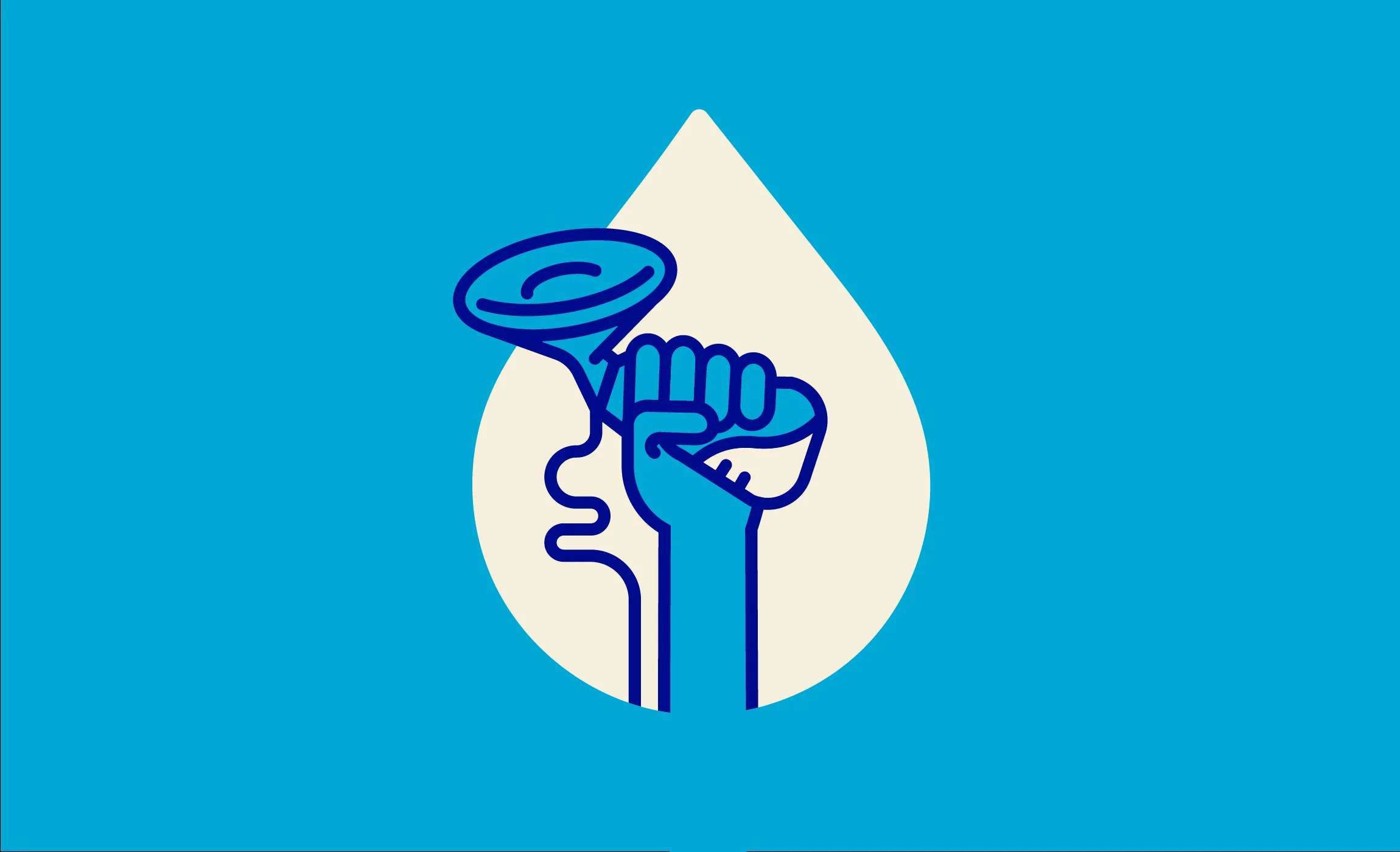A Pumping Guide for Breastfeeding People
Breast milk follows the laws of supply and demand—the more you express, the more your body produces. But how much milk you make and how long it takes to empty your breasts can vary from person to person.
Once you’ve established your milk supply, the key to maintaining it is to empty your breasts each time you express—whether that’s nursing or using a breast pump— which cues your body to make more. But don’t worry, says Kristin Szerszen, CLC based in Indiana, “You’re never truly “empty”and always have a reserve of milk.” A successful breastfeeding journey doesn’t always require pumping, but if you’re returning to work or have chosen to exclusively pump, here’s a primer to get the pump party started.
When should I start pumping?
On average, it takes six to 12 weeks to fully regulate your milk supply-—nursing anywhere from eight to 12 times a day. “Practicing effective milk removal from the start is key to setting you and your baby up for breastfeeding success,” says Szerszen. So if you plan to pump, hold off on pumping for the first four to six weeks postpartum to help you establish both your supply and your bond with your new babe. (On the other hand, if your babe is in the NICU or has other health complications, pumping may be exactly what you need to establish your milk supply—a lactation consultant can help.)
How often should I pump?
Any time you’re away from your baby, pump at the same time you would normally nurse—usually every three hours or so. (Remember: making milk is directly connected to demand! In the absence of your nursing babe, your robot babe can help keep your milk flowing.) Szerszen recommends experimenting until you find the setting on your breast pump that feels most comfortable—it should not hurt!—yields the most milk, and then double pump (pumping both breasts at the same time) for maximum efficiency.
Does extending time between pump sessions boost my supply?
While you might think that lengthening the time between pumping sessions would help increase your milk supply, that method has proven to be less effective at fully emptying breasts than pumping on a predictable schedule every few hours. “You may get more volume,” says Szerszen, “but over time your supply will decrease due to decreased demand.” Frequency and consistency are key!
What happens if I miss a pump session?
Missing one or two regularly scheduled pump sessions can leave you feeling uncomfortable and engorged, but it won’t affect your supply. Just try to pump as soon as you can after your skipped sesh. But keep in mind that skipping more sessions over time will decrease your milk production.
What’s power pumping?
Power pumping mimics cluster feeding—when babes nurse for a shorter amount of time, but more often—and can help you boost your milk supply. While it shouldn't be a long-term practice, power pumping is a short-term tool to help you increase your supply. (If you’re producing enough milk, there’s no need to power pump!). Alternating between pumping and resting, most power pumpers power pump for one hour, once a day: pump for 20 minutes, rest for 10, then pump for 10, rest for 10, and finish with a 10-minute pump. It will take a few days before you notice a difference in your milk supply, so be patient. “You may not even see milk when you first start power pumping,” says Szerszen. Her pro tip: “Put a sock over your bottle to keep from watching it!”
How much breast milk should I freeze?
Many new moms worry about building a large freezer stash of milk, but Szerszen says that’s really not necessary. “If you’re going back to work, you only need enough for a few days.” In general, babies consume between 1 and 1 ½ ounces per hour. Pro tip: If your babe is in daycare, make sure the caregivers are pace feeding—a method of bottle-feeding that mimics breastfeeding with a slow-flow nipple and horizontally-held bottle. Pace feeding can help slow your babe’s roll and ensure that their demand doesn’t get ahead of your supply.
How do I know if my flange is the right size?
Your nipple should fit comfortably in the center of your flange (also called a breast shield) and move freely in the pump tunnel without too much extra room. An incorrect flange size can impact milk production, injure the nipple, and lead to clogged ducts. There are many factors to consider, says Szerszen, from pump brand (every pump is different) to nipple elasticity to nipple size, so connect with your lactation consultant to make sure you’re using the correct size flanges. Fun fact: Each nipple might be a different size and the size of your nipples can change over time.
Mamava designs solutions to empower breastfeeding and pumping parents on the go, like our freestanding lactation pods, Mamava’s lactation space locator app, and other helpful resources.
More breastfeeding resources
























